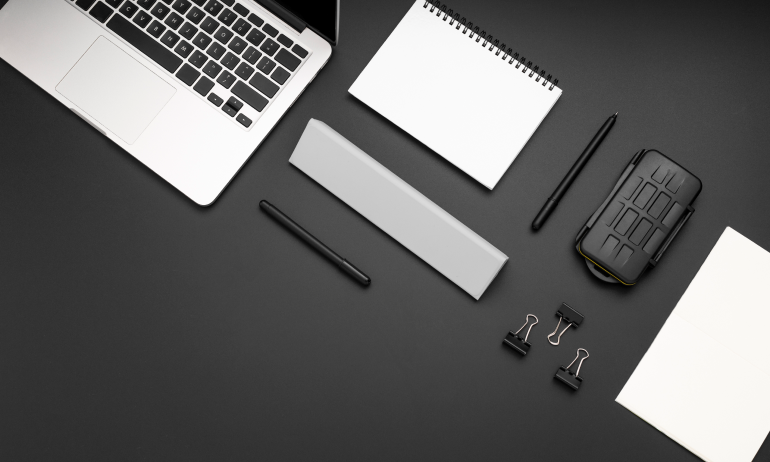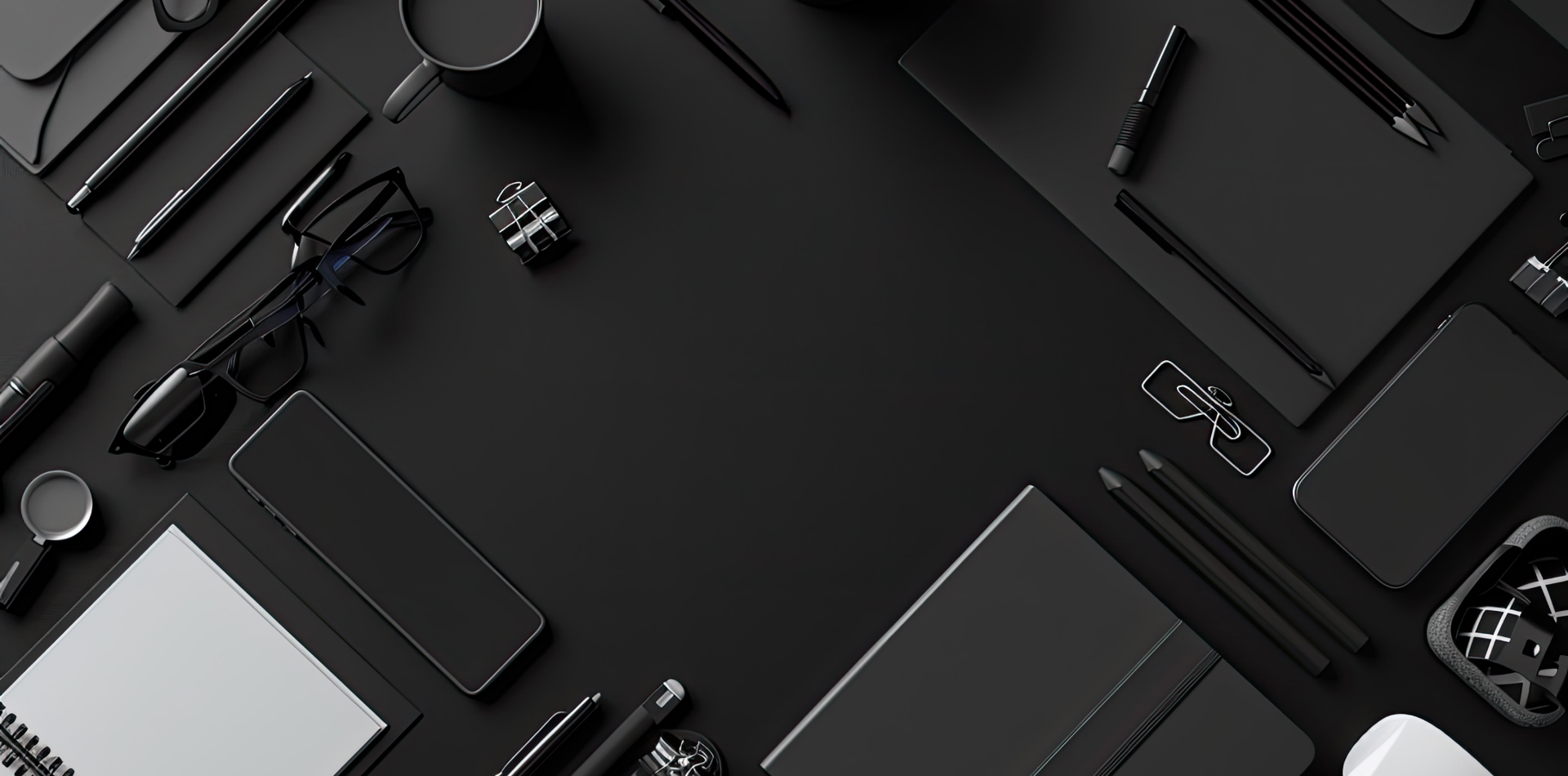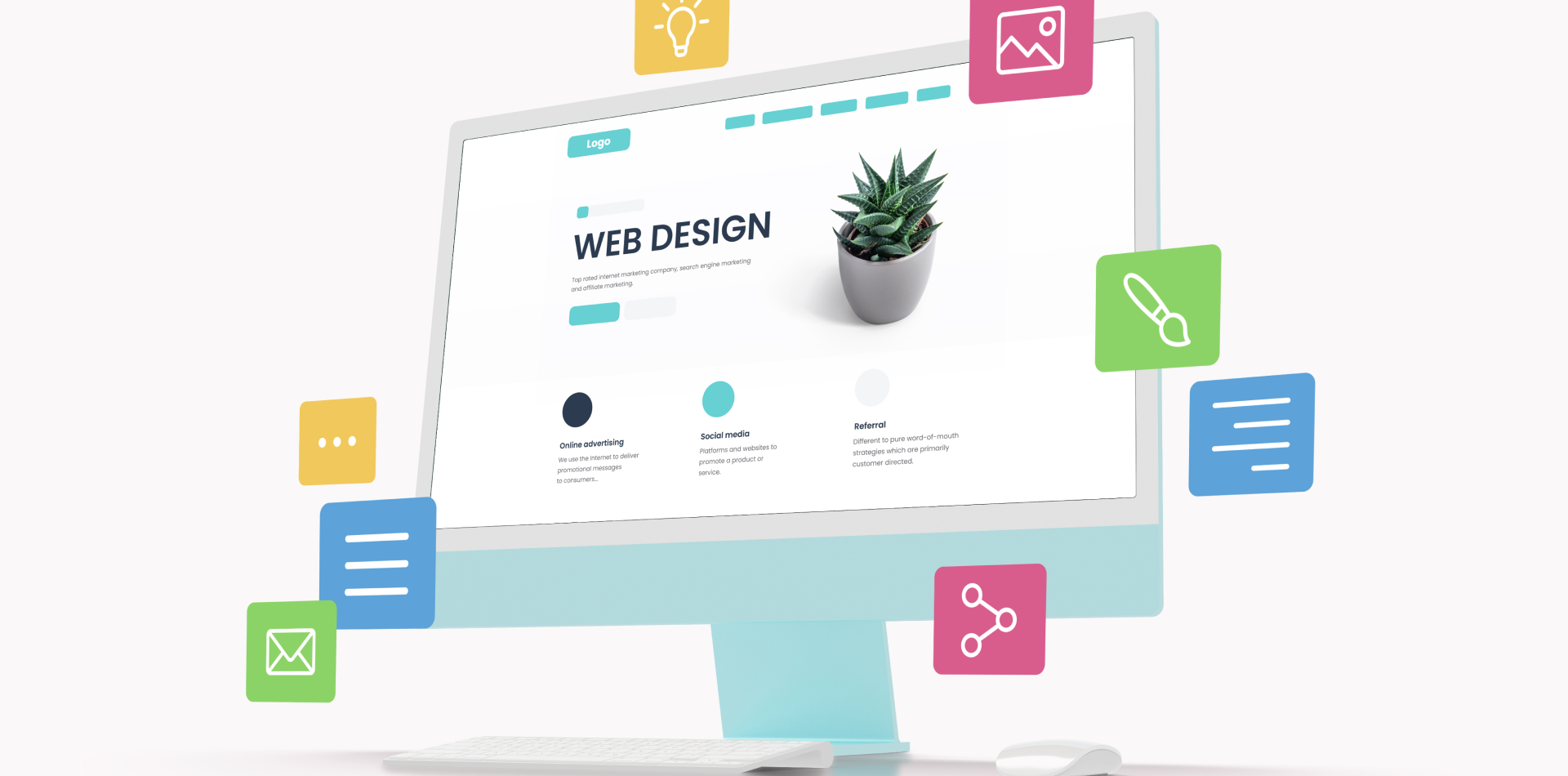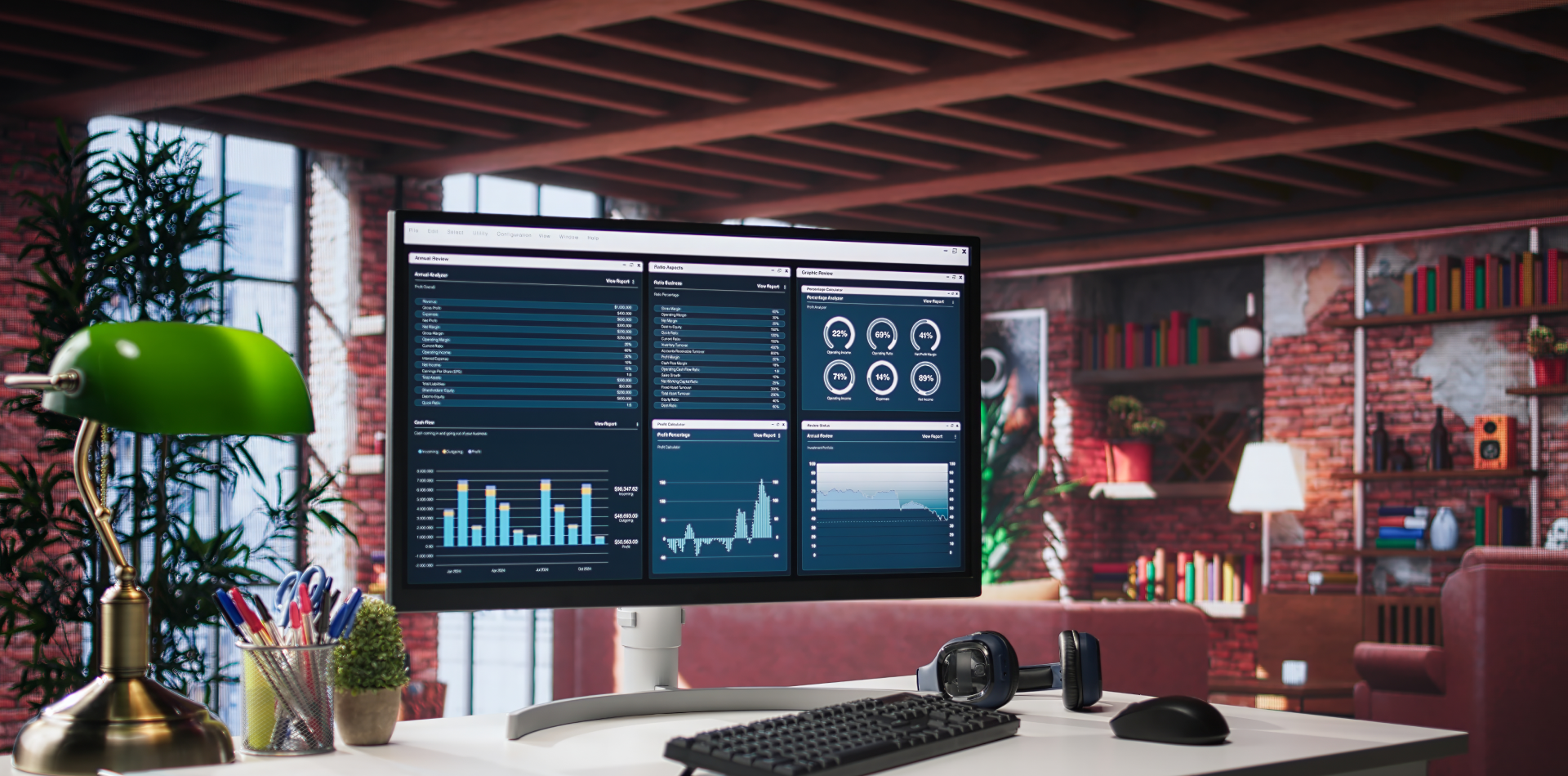Trends Move Fast—Stay Faster
Design trends evolve faster than ever.
What’s hot today (glassmorphism, brutalism, neumorphism) might be overdone tomorrow. As a designer, your ability to adapt and evolve is what separates you from those stuck in yesterday’s patterns.
Staying current doesn’t mean copying styles—it means understanding the direction of design so you can make informed, intentional choices.
In this blog, we’ll unpack 10 practical tips to help you stay ahead of the curve—without getting lost in the noise.
🧠 Want to explore trend application in action? Read our post on Top Shopify Design Trends 2025–2026

🔍 1. Follow Top Design Platforms and Communities
The best way to spot trends is to go where the trendsetters are.
🌍 Dribbble – UI showcases and concept experiments
📌 Behance – Detailed case studies and portfolios
📷 Pinterest – Moodboards and aesthetic exploration
🧠 Muzli – Daily design inspiration in your browser
💡 Awwwards – Award-winning, trend-pushing websites
Set aside 15 minutes a day to browse—not to copy—but to observe patterns.
🎯 2. Subscribe to Design-Focused Newsletters
Email isn’t dead—it’s curated.
Here are some must-read design newsletters:
📨 UX Collective Weekly
📨 Sidebar – A daily roundup of design links
📨 DesignModo Newsletter – Trends, tutorials, tools
📨 Typewolf Digest – For type trends and font inspiration
📨 Figma Newsletter – Official product updates and community highlights
These keep your inbox full of insights, not just updates.
🛠 3. Use Trend Tracking Tools and Curated Galleries
Let technology filter the noise for you.
🧩 Lapa Ninja – Curated landing pages and design layouts
📐 Land-book – Hand-picked UI inspiration
🌀 CSS Design Awards – Futuristic web styles
🔍 Webflow Showcase – Real sites by real creators
📲 Mobbin – UI patterns from top mobile apps
💡 Want to see how these trends look live? Visit our collection of Responsive Webflow Site Examples
📅 4. Attend Design Events, Conferences & Webinars
Design is evolving globally—plug into the network.
🎤 Figma Config – Figma’s flagship conference
🎓 Smashing Conf – UX, accessibility, and design systems
💬 UXDX – Where UX meets dev and product
💡 Local design meetups via Meetup.com or Eventbrite
You’ll hear directly from the minds shaping the future of design.
🎓 5. Take Short Courses to Reinforce Learning
Micro-courses are perfect for refreshing your toolbox.
🎯 Interaction Design Foundation – UX certifications
🎯 Coursera – Google UX Certificate
🎯 Skillshare – Short, trend-driven lessons
🎯 Domestika – Design thinking, branding, visuals
You don’t need a bootcamp. You need curated knowledge—often.
🧠 6. Build a Design Trend Archive (Your Own Vault)
Keep a personal swipe file.
📂 Use Notion, Milanote, or Dropbox to save:
🔹 UI screenshots
🔹 Animation samples
🔹 Color palettes
🔹 Trend breakdowns
Revisit every few months. You’ll spot recurring patterns, seasonal shifts, and fading styles.
🎯 Example: Start your archive with visual cards from our Homepage Design Guide
🧪 7. Experiment with Trends in Micro Projects
Trends are only valuable when applied.
🎨 Create mini redesigns of known websites
🧪 Test new layouts, UI kits, or type combos in personal projects
📱 Try a TikTok-style onboarding flow, even if it’s just for fun
🎮 Build themed portfolios (e.g. brutalist, dark mode, retrofuturism)
This sharpens your skill while keeping your portfolio fresh and future-facing.
🗣 8. Join Slack or Discord Groups for Designers
These are goldmines of real-time conversations:
💬 Designership Discord
💬 Designer Hangout Slack
💬 Figma Community
💬 UX Mastery Forum
Ask questions, get feedback, and share your latest work. Being part of a community keeps your ideas alive and adaptive.
🔄 9. Follow Trendsetters, Not Trend-Chasers
Look beyond “what’s cool” and focus on who’s shaping what’s next.
✨ Vladimir Kudinov
✨ Tobias van Schneider
✨ Bethany Heck – Typography expert
✨ Dann Petty – Visual storyteller
✨ Pablo Stanley – Creator of Blush
These designers often share why something matters—not just what’s popular.
📈 10. Balance Trend Awareness with Timeless Design
Not all trends are worth chasing.
Ask yourself:
✅ Does this serve the user or just the aesthetic?
✅ Will this design still make sense in 12 months?
✅ Can I blend trends with core usability and branding?
Trends should enhance purpose, not distract from it.
📉 Real-World Example: Trend Misuse Gone Wrong
A portfolio site used full-page video autoplay and brutalist fonts.
❌ Slowed page load
❌ Users couldn’t find the CTA
❌ Contrast issues made it unreadable on mobile
Result? Low engagement and poor accessibility.
Trends must work for users—not just for Dribbble likes.
🧾 Final Takeaway: Be a Student of the Shifts
Staying current doesn’t mean chasing everything—it means being intentional.
Observe, filter, test, and evolve. Because the best designers don’t just know the trends—they understand what they mean, where they’re going, and when to let them go.
Design changes. Your curiosity shouldn’t.
💬 What’s Your Favorite Way to Track Design Trends?
Do you use a daily tool, a private swipe file, or follow certain people?
Drop your favorite method below 👇 and help the design community grow!




4 Comments
Amina Haider
23 June 2025“Trends should enhance purpose, not distract from it” 👏 Loved that reminder!
Ethan Wells
23 June 2025Mobbin + Webflow Showcase = my daily ritual 🔍🔥
Hira Qasim
23 June 2025Started my own Notion trend archive after reading this! So helpful 🧠
Jason Rivera
23 June 2025Big fan of testing trends in micro projects 💡 Keeps me sharp without pressure.